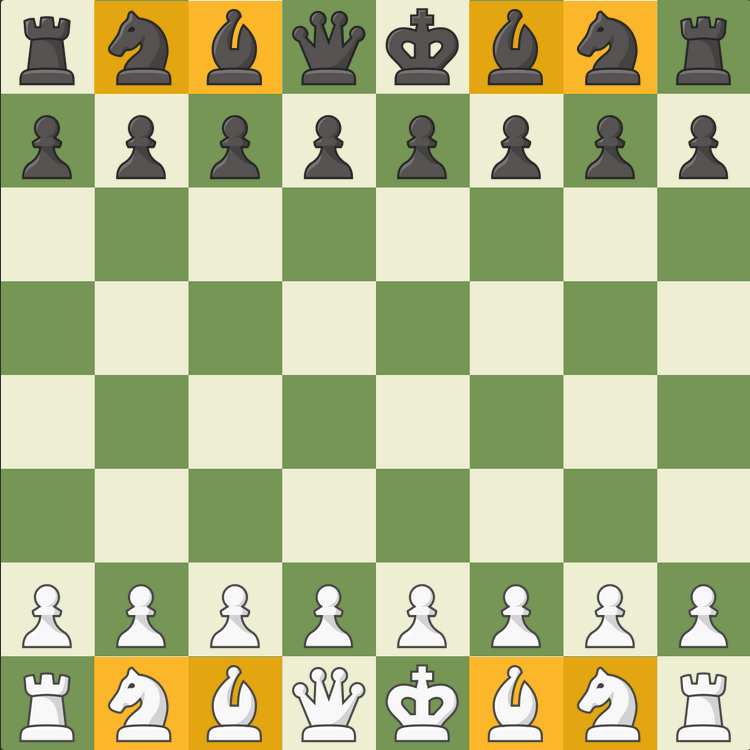
Minor Piece
If you play chess you probably know all the pieces: king, queen, rook, bishop, knight, and pawn. But what is a minor piece? Why is the concept of minor pieces important? Read on to find out.
What Is A Minor Piece?
Minor piece is a collective term for the bishops and knights. Chess players created a term that refers to both of them because of their similar value: a bishop and a knight are each considered to be worth about three pawns. The stronger pieces, queens and rooks, are naturally referred to as major pieces.

Even with a similar point value, the minor pieces are very different from each other. The bishop has a longer range but is limited to one color of square while the knight can access both colors but at a more limited range.
Why Are Minor Pieces Important?
Knowing how to properly value the minor pieces is an important part of playing chess. Two bishops, which are usually complementary as they can control both color squares at a distance, are generally worth more than two knights, which can step on each other's toes.

Knowing their value in relation to the major pieces is also important. Trading a minor piece for a rook is a positive thing in most situations, known as winning the exchange.
Two minor pieces are generally considered to be better than a single rook. See this basic example:
Three minor pieces are roughly equal to a queen, although when they work together, the three pieces often come out ahead. If they are scattered, the queen is usually better. Two minor pieces, however, are much worse than one queen in most circumstances. A rook and two minor pieces usually beat a queen. All of these comparisons are position-dependent however.
It's also worth noting that a single minor piece (either bishop or knight) and a king cannot checkmate a lone king.
Test
Q1: How many minor pieces does White have in this position? How many does Black have?

A1: Both sides have three minor pieces: White has two knights and a bishop; Black has two bishops and a knight.
Q2: Can White force checkmate from this position?

A2: No, the minor piece (here, a bishop) will never be able to checkmate the king. White can give check with bishop to c3, but the Black king can then just move to g8.
Conclusion
Now you know what the minor pieces are, how they're different from major pieces, and why they're important. Learn more about minor pieces with this lesson from GM Dejan Bojkov!







